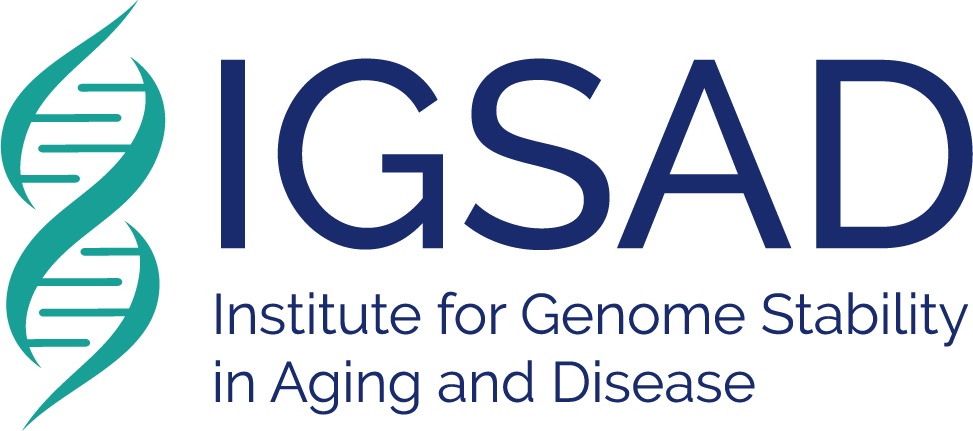DNA damage poses a major threat to genome stability, chromosomal integrity, and cellular function. Defects in transcription-coupled nucleotide excision repair (TC-NER) cause growth and mental retardation, photosensitivity, and premature ageing in Cockayne syndrome (CS) patients. To ensure a successful process of DNA repair, chromatin serves as a platform and is dynamically changed during the DNA damage response (DDR), as described by the Access-Repair-Restore model. As a crucial part of chromatin, histones are post-translationally modified via methylation, ubiquitination, and acetylation to regulate DDR-related chromatin functions. Importantly, in contrast to the transient process of DNA repair, many histone modifications can leave a long- term epigenetic memory and can be passed down to further generations, raising the question of whether DNA damage could reshape the epigenome in the damaged cells and even affect their descendants.
The aim of Wang-lab is to study the role of histone modifications on genome stability, aging and transgenerational inheritance through using Caenorhabditis elegans (C. elegans) as a model. Specifically, we will focus on three main questions:
- How does DNA damage reshape the epigenome and cause a long-term consequence on aging?
- Whether the DNA damage-induced genome instability can be passed down to further generations through epigenetic inheritance?
- How does embryonic reprogramming remove and/or preserve the epigenetic memory of parental DNA damage?
Epigenetic modifications play a crucial role in DNA damage response, transgenerational inheritance and longevity through regulating chromatin conformation and transcription. My lab aims to decipher the epigenetic code that determines longevity in response to DNA damage and provide potential therapeutic targets for DNA damage-related diseases and parental DNA damage-induced congenital diseases in offspring.

